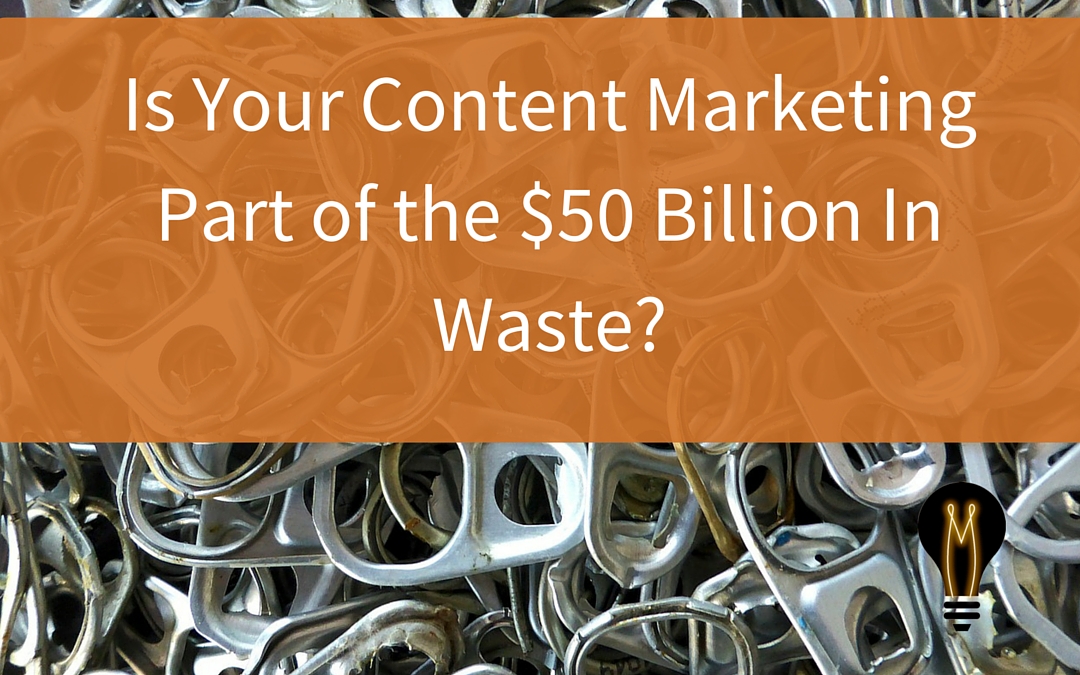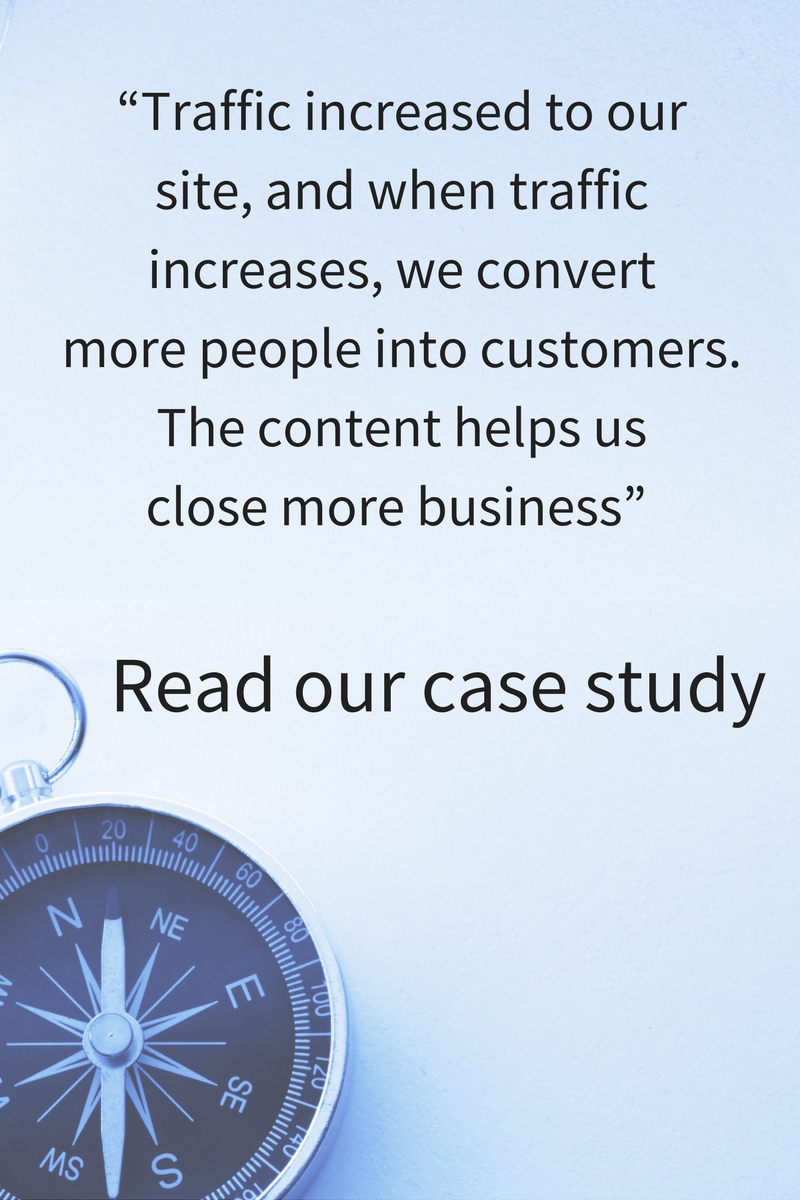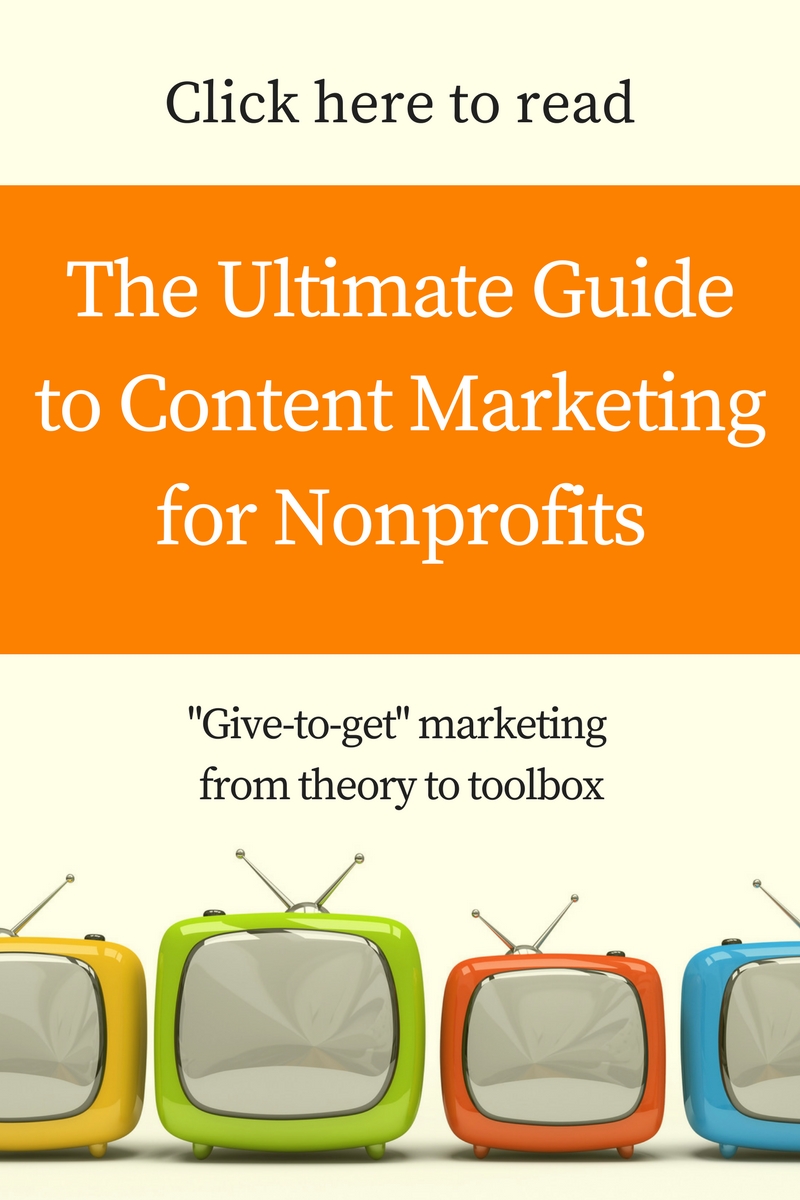Marketers spent $75 billion on B2B content marketing in 2014 but 60 to 90 percent of that is wastage, according to an analysis by Andrew Davies at Econsultancy, based on his reading of a industry study from PQ Media. A tremendous amount of content gets developed but never distributed. That’s at least $50 billion in content gathering dust and losing value.
I’m not nearly as surprised by this one as I should be, since the origin story of my business starts with the observation of how much of my copywriting work (in the days before content marketing) would hit production bottlenecks and never go live.
In my experience, at least some of that wastage happens because projects are based on the assumption that getting writers is the hard part. Too few plan for managing the editorial process that comes before and after the writing.
Investing more in content for different stages of the customer journey
Meanwhile, more and more is being spent on content marketing. CMOs plan to give content development the biggest share of their upcoming budgets, according to Advertising Age coverage of a CMO Club survey. Content marketing is getting 13 percent of budgets from the companies surveyed, versus between 9 percent and 11 percent for advertising, events and public relations.
This research echoes a finding we noted a few weeks ago: CMOs are moving toward content marketing and away from traditional advertising.
These CMOs also say they are developing more content for customers who are deeper into the funnel than the discovery phase. Executives such as IBM’s Jay Henderson say CMOs are trying to meet the demand for personalized content across multiple channels by developing content that targets customers at different stages of their journey.
Related reading: Don’t Leave Current and Lapsed Customers Out of Your Content Funnel
Higher education institutions need to differentiate their brands
One place where investments aren’t being made in content marketing is in higher education. Many colleges and universities have nearly identical brand language, according to a Gallup survey.
Whether they are religious or secular, big or small, private or public, non-profit or for profit, it turns that almost all of them “nurture lifelong learners” or “prepare the leaders of tomorrow.”
Higher education marketing rarely communicates concrete outcomes or establishes a clear brand and identity. And how can they do that? I’m glad you asked:
- How Higher Ed Marketing Can Use Content for a Strategic Advantage
- 6 Higher Education Brands Killing It With Content Marketing
Courses to close the digital marketing skills gap
Speaking of higher ed and marketing, here’s another sign that digital marketing is growing. Online training company Simplilearn is adding 25 courses in that category. Simplilearn offers courses to help professionals keep up in relevant skills as the digital marketing world advances. The courses are powered by the online curriculum publisher Market Motive, which Simplilearn acquired earlier this year.
Related reading: The Growing Digital Marketing Skills Gap – Content Pulse for August 12
Ad dollars shifting to mobile display
Mobile advertising revenue globally climbed 65 percent to $31.9 billion, according to a press release from the Interactive Advertising Bureau (IAB). Mobile display advertising in particular had a higher growth rate than all other forms of advertising, mobile or otherwise. Executives at IAB say this is because of collaboration within the industry to improve infrastructure and targeting.
North America represents 44 percent of the total at $14 billion. The Asia-Pacific region represents 36 percent, and Europe is 16 percent.
Messaging app advertising grew 6.6 percent in 2014. Along with ecommerce and payments via messaging apps, this is an interesting channel I’ve been keeping an eye on. When all the dust settles in the ad blocking fights, I’m predicting messaging apps will be the next opportunity/challenge for publishers.
AOL tries to compete in the mobile ad market
AOL is trying to become a big player in the mobile advertising market by acquiring Millennial Media, according to an article from eMarketer, but can they compete with Google and Facebook? Millenial represents .3 percent of the market versus Google’s 33 percent.
Brands engage better on Instagram than on Facebook
In a post on Medium, Salesforce’s Product Marketing Manager Zachary Reiss-Davis says Instagram has better click-through rates and overall ad engagement than Facebook.
Don’t rely too much on SEO
According to a survey of B2B marketing professionals by BrightTALK, a webinar platform, events are the most effective lead generation tactic, followed by websites and then SEO. Other interesting findings:
- On the one hand, most of the marketing professionals surveyed say that shifting from quality to quantity is a priority. On the other hand, most also say that lead volume is a top metric.
- 61 percent say that a lack of budget, staff and time are the biggest barriers to effective lead generation.
- In the content category, whitepapers and e-books are most successful.
Joseph Rauch contributed research and writing to this article.
Follow Us




